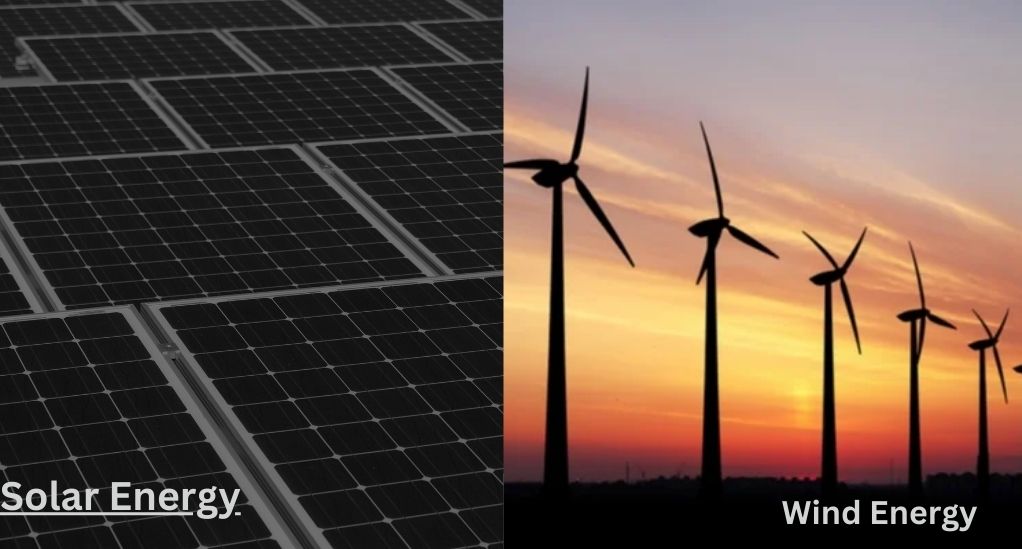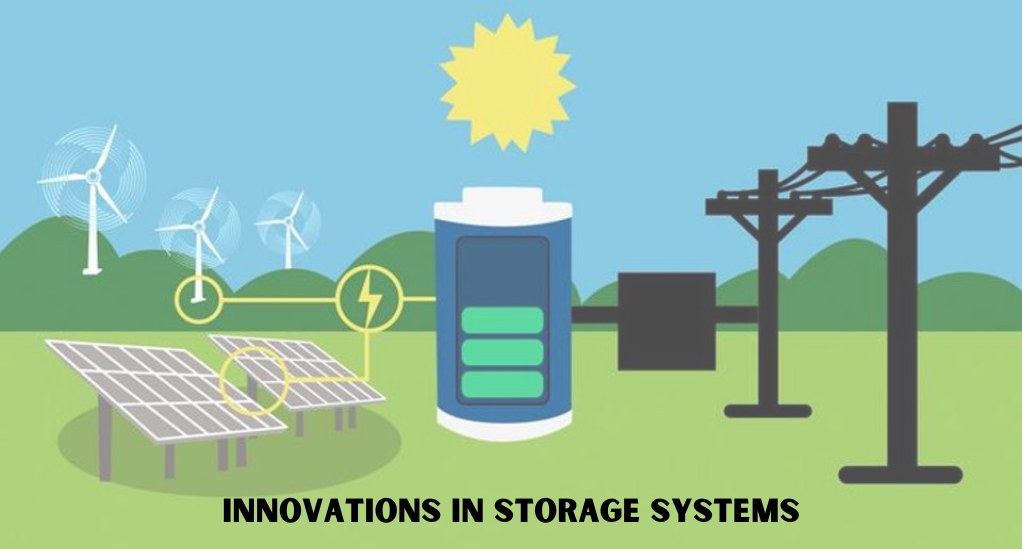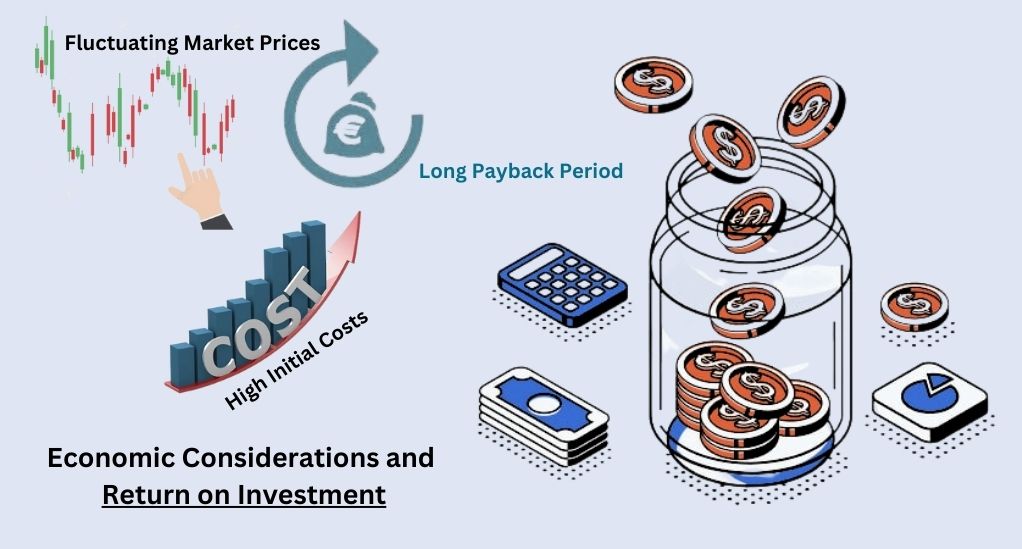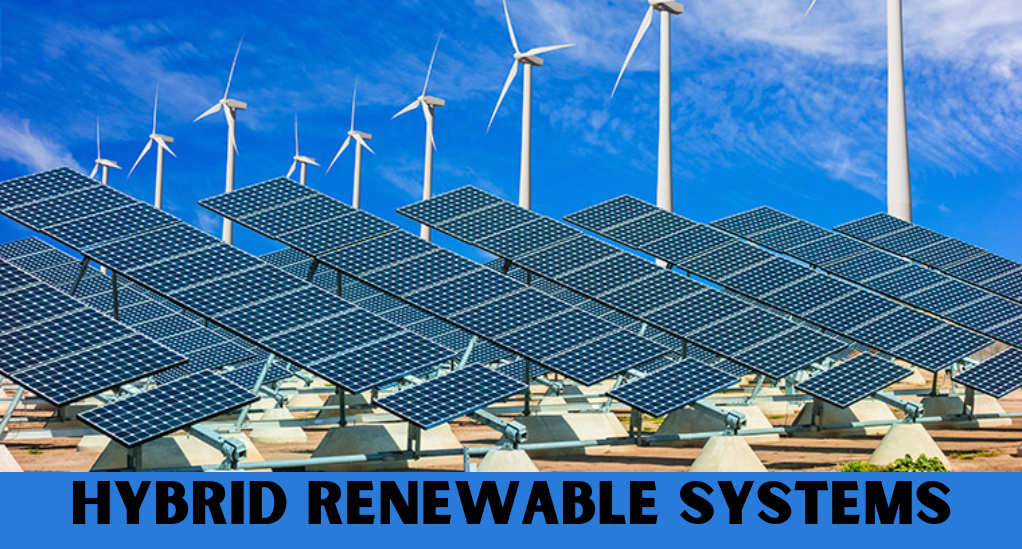Hybrid renewable systems represent a cutting-edge approach to harnessing sustainable energy sources. These systems seamlessly integrate multiple renewable energy technologies, such as solar panels, wind turbines, and energy storage solutions, to optimize energy production and reliability. By combining these sources, hybrid systems can address the intermittent nature of renewables, ensuring a consistent and efficient power supply. They play a pivotal role in reducing greenhouse gas emissions and enhancing energy resilience, making them a crucial component of our transition to a greener and more sustainable future.
What are Hybrid Renewable Systems?
Hybrid Renewable Systems (HRS) are energy systems that combine two or more renewable energy sources to generate power. These systems are designed to enhance energy production, reliability, and efficiency by leveraging the strengths of each energy source while compensating for their individual weaknesses.
The Significance of Hybrid Systems in the Energy Sector
The energy sector is undergoing a significant transformation, moving away from fossil fuels towards more sustainable and renewable sources. Hybrid systems play a crucial role in this transition:
- Diversification: Hybrid systems diversify the energy mix, reducing dependence on a single energy source and thereby enhancing energy security.
- Optimization: By combining sources, hybrid systems can optimize energy production based on real-time conditions. For instance, on a cloudy day with strong winds, the system would rely more on wind energy.
- Grid Stability: Integrating renewable sources into the grid can be challenging due to their variability. Hybrid systems, with their combined and balanced output, can provide a more stable and predictable power supply to the grid.
- Economic Benefits: While the initial investment for hybrid systems can be high, the combined energy output and potential for selling excess power back to the grid can result in significant long-term economic benefits.
Why Combine Multiple Energy Sources?
The primary reason for combining multiple energy sources is to ensure a consistent and reliable power supply. Renewable energy sources, such as solar and wind, are inherently variable. The sun doesn’t shine all the time, and the wind doesn’t blow consistently. By combining these sources, the variability is reduced, ensuring a more stable energy output.
The Synergy of Solar and Wind

How Solar and Wind Complement Each Other
At the heart of hybrid renewable systems lies the unique synergy between solar and wind energy. While both are powerful renewable energy sources on their own, their combined strengths offer unparalleled advantages:
- Variability Compensation: Solar energy production peaks during the day, especially when the sun is at its zenith. In contrast, wind energy can be harnessed both during the day and night, with certain regions experiencing stronger winds after sunset. This complementary nature ensures that when one source is weak, the other can compensate.
- Seasonal Balance: In many regions, sunny days are more prevalent during certain seasons, while windy days might dominate others. A hybrid system can harness solar energy during sun-rich months and wind energy during wind-rich months, ensuring consistent energy production throughout the year.
- Land Use Efficiency: Solar panels can be installed on the ground between wind turbines in a wind farm, maximizing the use of land. This co-location can lead to efficient land use, especially in areas where space is a premium.
Daily Variations in Energy Production
To understand the synergy further, it’s essential to look at daily energy production patterns. Solar energy production follows the sun’s path, starting from sunrise, peaking at midday, and tapering off towards sunset. Wind energy, on the other hand, can be more unpredictable but often sees peaks during early morning and late evening.
| Time of Day | Solar Energy Production | Wind Energy Production |
|---|---|---|
| Early Morning | Low | Moderate to High |
| Mid-Morning | Rising | Moderate |
| Midday | Peak | Moderate |
| Afternoon | Declining | Moderate to Low |
| Evening | Low | Moderate to High |
| Night | None | Variable |
Benefits of Hybrid Systems
Enhanced Energy Security and Reliability
One of the most significant advantages of hybrid renewable systems is the enhanced energy security they offer. By relying on multiple sources, these systems reduce the risk associated with the variability of a single energy source. For instance, during prolonged periods of cloud cover or calm days with little wind, a standalone solar or wind system might struggle to meet energy demands. However, a hybrid system can compensate for the shortfall of one source with the output from the other, ensuring a continuous power supply.
Economic and Environmental Advantages
- Cost Savings: Over time, hybrid systems can lead to substantial cost savings. While the initial setup cost might be higher than standalone systems, the combined and consistent energy output can result in lower energy costs in the long run. Additionally, with the potential to sell excess energy back to the grid, there’s an opportunity for revenue generation.
- Reduced Carbon Footprint: By harnessing renewable sources, hybrid systems play a pivotal role in reducing greenhouse gas emissions. The combined use of solar and wind energy significantly diminishes the reliance on fossil fuels, leading to a cleaner and more sustainable environment.
Smoother Power Output and Grid Integration
Integrating renewable energy into the main power grid can be challenging due to the inherent variability of sources like wind and solar. However, hybrid systems, with their balanced energy output, make this integration smoother. The combined power generation from both sources can lead to a more stable energy curve, making it easier for grid operators to manage and distribute power.
| Benefit | Description |
|---|---|
| Consistent Energy Supply | Reduced variability ensures a stable power supply. |
| Cost Efficiency | Potential for long-term savings and revenue generation. |
| Environmental Impact | Significant reduction in greenhouse gas emissions. |
| Grid Stability | Easier integration and management of renewable energy in the power grid. |
Technological Innovations in Hybrid Systems
Photovoltaic Arrays Coupled with Wind Turbines
The integration of solar and wind energy in hybrid systems is made possible through advanced technological solutions. One of the most common configurations involves coupling photovoltaic (PV) arrays with wind turbines. Here’s how it works:
Solar panels, also called photovoltaic cells, transform sunlight into electricity, typically installed on rooftops or the ground to generate direct current (DC) power. Meanwhile, wind turbines capture the kinetic energy of moving air by spinning their blades, which in turn drives a generator to produce alternating current (AC) electricity.
Innovations in Storage Systems
Storage plays a crucial role in hybrid renewable systems. Given the variable nature of solar and wind energy, there’s a need to store excess energy produced during peak times for use during periods of low production. Here are some of the innovative storage solutions:

- Batteries: Modern battery systems, especially lithium-ion batteries, have seen significant advancements in recent years. They offer higher energy densities, longer lifespans, and faster charging capabilities, making them ideal for storing renewable energy.
- Fuel Cells: Fuel cells convert chemical energy into electricity. When paired with electrolyzers, they can store excess energy as hydrogen, which can later be used to generate electricity when needed.
- Pumped Hydro Storage: This involves using excess energy to pump water uphill into storage reservoirs. When energy is needed, the stored water is released downhill to turn turbines and generate electricity.
Challenges in Implementing Hybrid Systems
Technical and Infrastructural Challenges
While the concept of hybrid renewable systems is promising, implementing them on a large scale comes with its set of technical hurdles:
Designing efficient hybrid systems that harness both solar and wind energy demands careful consideration of factors like geographical location, seasonal variations, and local weather patterns. Furthermore, integrating these decentralized and variable renewable sources into existing power grids, originally designed for centralized energy like coal or nuclear power, necessitates substantial infrastructure upgrades. Additionally, the transmission of energy over long distances, particularly from remote hybrid installations to urban centers, presents challenges due to potential power losses.
Economic Considerations and Return on Investment

- High Initial Costs: The upfront cost for setting up a hybrid renewable system, especially with state-of-the-art technology and storage solutions, can be substantial. This can deter potential investors or governments with limited budgets.
- Long Payback Period: While hybrid systems can lead to significant savings in the long run, the initial investment’s payback period can be lengthy, making it a less attractive option for short-term investors.
- Fluctuating Market Prices: The economic viability of hybrid systems can be affected by fluctuating market prices for electricity, especially in regions where renewable energy incentives or subsidies are not consistent.
Case Studies and Real-world Implementations
Western Minnesota’s Hybrid Success Story
In the vast plains of western Minnesota, a pioneering hybrid renewable project has set a benchmark for others to follow. Combining large-scale wind turbines with ground-mounted solar panels, this project showcases the potential of hybrid systems in real-world scenarios.
- Project Overview: Spanning over several acres, the project boasts multiple wind turbines with a combined capacity of 150 MW and a solar installation contributing an additional 50 MW.
- Operational Efficiency: The project has consistently achieved an operational efficiency of over 90%, with the solar panels filling in the energy gaps during windless days and vice versa.
- Economic Impact: Beyond energy production, the project has boosted the local economy by creating jobs and attracting investments. The sale of excess energy back to the grid has also generated significant revenue for the region.
The Pearl River Tower in Guangzhou, China
The Pearl River Tower, a skyscraper in Guangzhou, China, stands as a testament to the integration of renewable energy in urban architecture. This 71-story building seamlessly incorporates both wind and solar technologies.
Architectural Integration: The building’s design includes wind turbines strategically placed between its ascending contours, harnessing the wind’s power at high altitudes. The facade is adorned with solar panels, capturing sunlight throughout the day.
Energy Efficiency: The Pearl River Tower is often dubbed as a ‘zero-energy building’. The energy generated from its renewable sources significantly offsets its consumption, reducing its reliance on external power sources.
Sustainability Features: Beyond hybrid energy, the building incorporates other sustainable features like radiant cooling, daylight harvesting, and a double-skin facade to enhance insulation.
The Future of Hybrid Renewable Systems
Potential for Large-scale Grid Integration
As the global energy landscape evolves, there’s a growing emphasis on integrating renewable sources into the main power grid. Hybrid renewable systems, with their balanced and consistent energy output, are poised to play a pivotal role in this transition:
Grid Resilience: By reducing the reliance on a single energy source, hybrid systems can enhance the resilience of the power grid, making it less susceptible to outages or disruptions.
Distributed Energy Resources: The future grid is envisioned to be more decentralized, with multiple distributed energy resources (DERs) feeding into it. Hybrid systems, especially those coupled with storage solutions, fit perfectly into this model.
Role of Technological Advancements and Research
The trajectory of hybrid renewable systems is closely tied to technological advancements:
- Advanced Forecasting: With the integration of AI and machine learning, future hybrid systems will be equipped with advanced forecasting tools. These tools will predict energy production based on weather patterns, optimizing the system’s performance.
- Efficient Storage Solutions: Research is underway to develop more efficient and cost-effective energy storage solutions. Breakthroughs in this domain will significantly enhance the viability of hybrid systems.
- Smart Grid Integration: The concept of smart grids, which can dynamically manage and distribute energy based on demand and supply, will further complement the capabilities of hybrid renewable systems.
Conclusion
The future of hybrid renewable systems is bright and promising. As technological innovations continue to emerge and the world gravitates towards sustainable energy solutions, these systems will undoubtedly be at the forefront of this revolution. Embracing the potential of hybrid systems is not just a step towards energy security but a leap towards a cleaner, greener, and more sustainable future for all.

